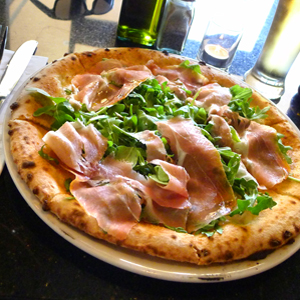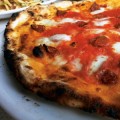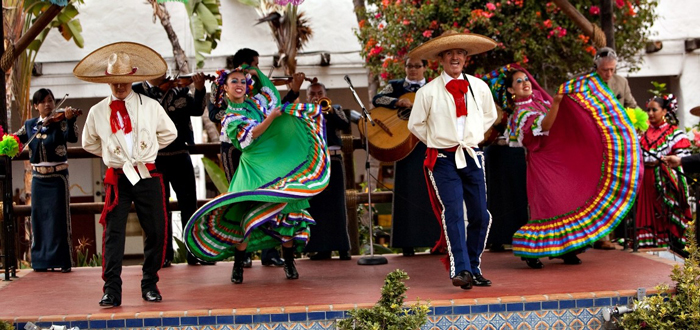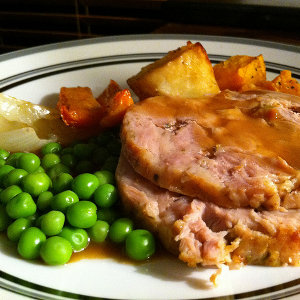In his previous career, commercial pilot Costas Eleftheriadis taught students how to fly at the Hayward airport. But he recently became a student himself—of pizza. The results can be sampled at Napoletana Pizzeria in Mountain View.
He said it was hard to earn a living in the cockpit so he turned to a career as a pizzaiolo. A pizzaiolo is a pizza chef, but Eleftheriadis belongs to an elite school of pie tossers.
He earned a certification from Associazione Vera Pizza Napoletana Americas, the U.S. branch of a Naples-based nonprofit that certifies pizza chefs in the art and science of Neapolitan-style pizza. Eleftheriadis’ diploma hangs next to the fires of his wood-burning oven.
In addition to his training, Eleftheriadis counts his Greek-Italian heritage as part of his bona fides. He’s spent a lot of time in Italy and says he knows his pizza: “I have a passion for this kind of pizza.”
While pizza making isn’t as exacting as flying a plane, breaking the rules that govern Neopolitan-style pizza can wreck an otherwise delicious 300-year-old tradition. Italy’s Ministry of Agriculture issued a set of strict rules to govern the sacred art of pizza making. According to these guidelines, true Napoletana pizza from Naples must be round, no more than 14 inches in diameter, no thicker than .11 inches in the middle and with a crust no thicker than .8 inches. The pizzas must be cooked in a wood-fired oven that reaches 900 degrees. The mozzarella must be made from buffalo milk and San Marzano plum tomatoes.
Furthermore, the rules state that there are only three true types of pizza—margherita (basil, tomato sauce and buffalo-milk mozzarella, marinara (tomato sauce, garlic and oregano) and extra-margherita (fresh tomatoes, basil and mozzarella cheese).
Technically speaking, Eleftheriadis bends a few rules, but his pizza is still quite good. He makes marinara and margherita pizzas but a few others as well. While he makes his own mozzarella, it’s made with cow’s milk instead of buffalo milk. He uses Italian tomatoes but not San Marzano tomatoes, a premium variety beloved for its sauciness.
“It’s too expensive,” Eleftheriadis says. “If I used those ingredients a margherita pizza would cost $20.”
His pizza costs $13, and it’s beautiful. The pizza emerges from his almond-wood-fueled oven lightly charred and crisp and chewy in all the right places. One of my favorite pizzas is prosciutto e funghi ($15), which is baked with sliced mushrooms, basil, tomato sauce and mozzarella with a layer of proscuitto added after it comes out of the oven. The salty proscuitto is a great match for the creamy mozzarella.
My other favorite is pizza del carcerato ($15). It’s essentially a margherita pizza with the added bonus of a crust deftly stuffed with sweetish ricotta cheese that oozes out with each bite.
My one quibble with the pizzas is that the interior was too thin and drooped too readily, sending the molten cheese and sauce sliding floorward. The essence of Neapolitan-style pizza is a crust that’s light and thin, but not so lightweight that it can’t support the cheese and sauce. I say Pizza Napoletana’s crust needs a millimeter more dough or a crisper texture with more tensile strength.
There are other items on the menu, like pasta, risotto, salads and a few starters. The linguini alla polpette di carne, a.k.a. linguini with meatballs ($14), is good enough, but nothing special. I liked the tricolore salad (radiccio, endive, dried cranberries, arugula and shaved Parmesan, $9) even though the arugula was missing its telltale peppery bite. The requisite bowl of minestrone soup ($6) lacked luster. Desserts aren’t made in-house, so I passed on those, but they are standard issue, albeit made in Italy, i.e., tiramisu, cannoli, limoncello.
But this is a pizza shop so I can let all that go

 Livefeed: Trip Notes
Livefeed: Trip Notes  The Fear of WiFi’ing
The Fear of WiFi’ing 









